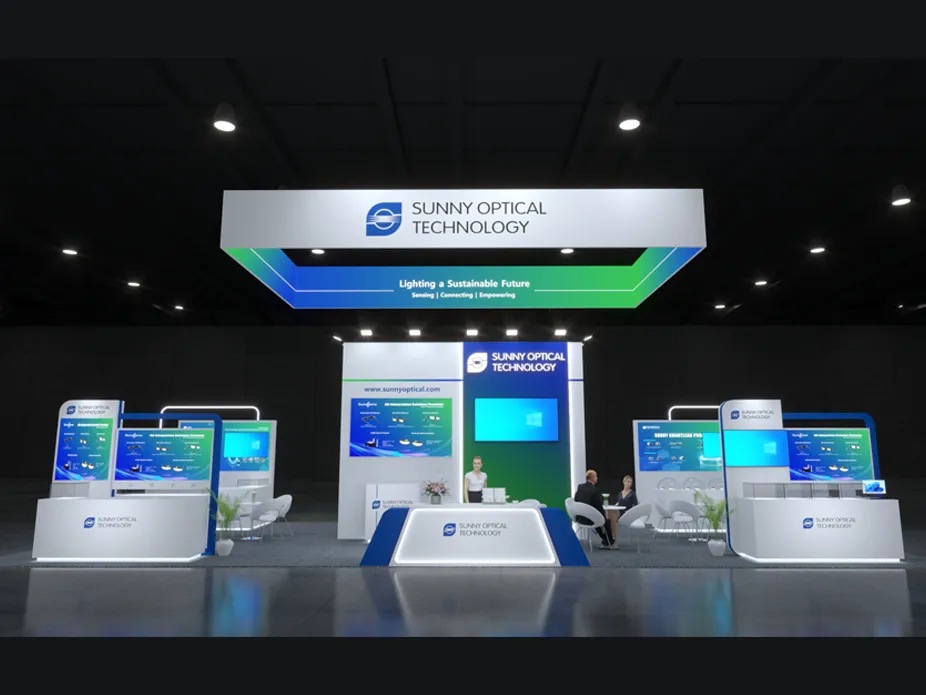LiDAR, which stands for Light Detection and Ranging, is a remote sensing technology that uses laser beams to measure distances and create 3D representations of objects and environments. It has become an essential technology in various industries, including aerospace, defense, mapping, and surveying. The lens is an integral part of the LiDAR system, and its importance cannot be overstated. In this article, we will explore the world of LiDAR lens, how they work, their importance, and their applications.
LiDAR technology has been around for more than 50 years. Its earliest applications were in atmospheric research, where it was used to study the composition and behavior of the Earth's atmosphere. Over time, LiDAR technology evolved, and its applications expanded to include mapping, surveying, and remote sensing. Today, LiDAR technology is a critical component of many industries, including aerospace, defense, and autonomous vehicles.
The LiDAR lens is one of the critical components of the LiDAR system. It determines the range and field of view of the laser beam, which is essential for accurate measurements. The quality and characteristics of the LiDAR lens have a significant impact on the accuracy and range of the LiDAR system. Choosing the right LiDAR lens is critical to achieving optimal performance.
When choosing a Lidar lens, several factors must be taken into consideration. Here are some of the most important factors to consider:
The wavelength range of the laser light used in the Lidar system must match the wavelength range of the lens to optimize performance and accuracy.
The focal length of the lens determines the distance between the lens and the focal point. A longer focal length can improve the resolution of the Lidar system, but it also reduces the field of view.
The field of view of the lens determines the range and angle of detection of the Lidar system. A wider field of view allows for a broader range of detection but may reduce the accuracy of the system.
The material of the lens must be chosen based on the wavelength of the laser light and the environmental conditions of the application. Common lens materials include glass, plastic, and quartz.
Lidar technology has several advantages over other remote sensing technologies. Here are some of the most significant advantages of using Lidar technology:
High accuracy and precision
Wide range of applications
Non-invasive and non-destructive
Provides 3D data in real-time
Can penetrate vegetation and clouds
LiDAR technology, with its ability to accurately measure distances and create 3D maps, has revolutionized many industries, from autonomous vehicles to topographic mapping. The quality and characteristics of the LiDAR lens play a crucial role in the accuracy and range of the LiDAR system. Choosing the right LiDAR lens requires considering factors such as range and field of view, wavelength, beam divergence, materials, and coating.

【Exhibition Invitation】Visit us at CES 2026!
2025-12-10

Sunny Optical Gets Group LiDAR Standard Approved, Using Innovative Optical Solutions to Unlock Key Step in Mass Production
2025-11-25
![[Exhibition Invitation] Sunny Automotive Optech Invites You to the 26th China International Optoelectronic Exposition (CIOE 2025) [Exhibition Invitation] Sunny Automotive Optech Invites You to the 26th China International Optoelectronic Exposition (CIOE 2025)](/uploads/image/20250908/首图7.webp)
[Exhibition Invitation] Sunny Automotive Optech Invites You to the 26th China International Optoelectronic Exposition (CIOE 2025)
2025-09-08

Inquiry
Excellent Customer Service Ability
Key customer manager mechanism
Oversea supporting points
Excellent Process Control Ability
Fully automated production
DMC traceability management
VDA6.3 / IATF16949 verifications
Excellent R&D Ability
Advanced technology new product development cooperation
Cost-effective optical solution proposal based on customer needs
Ecosystem resource integration